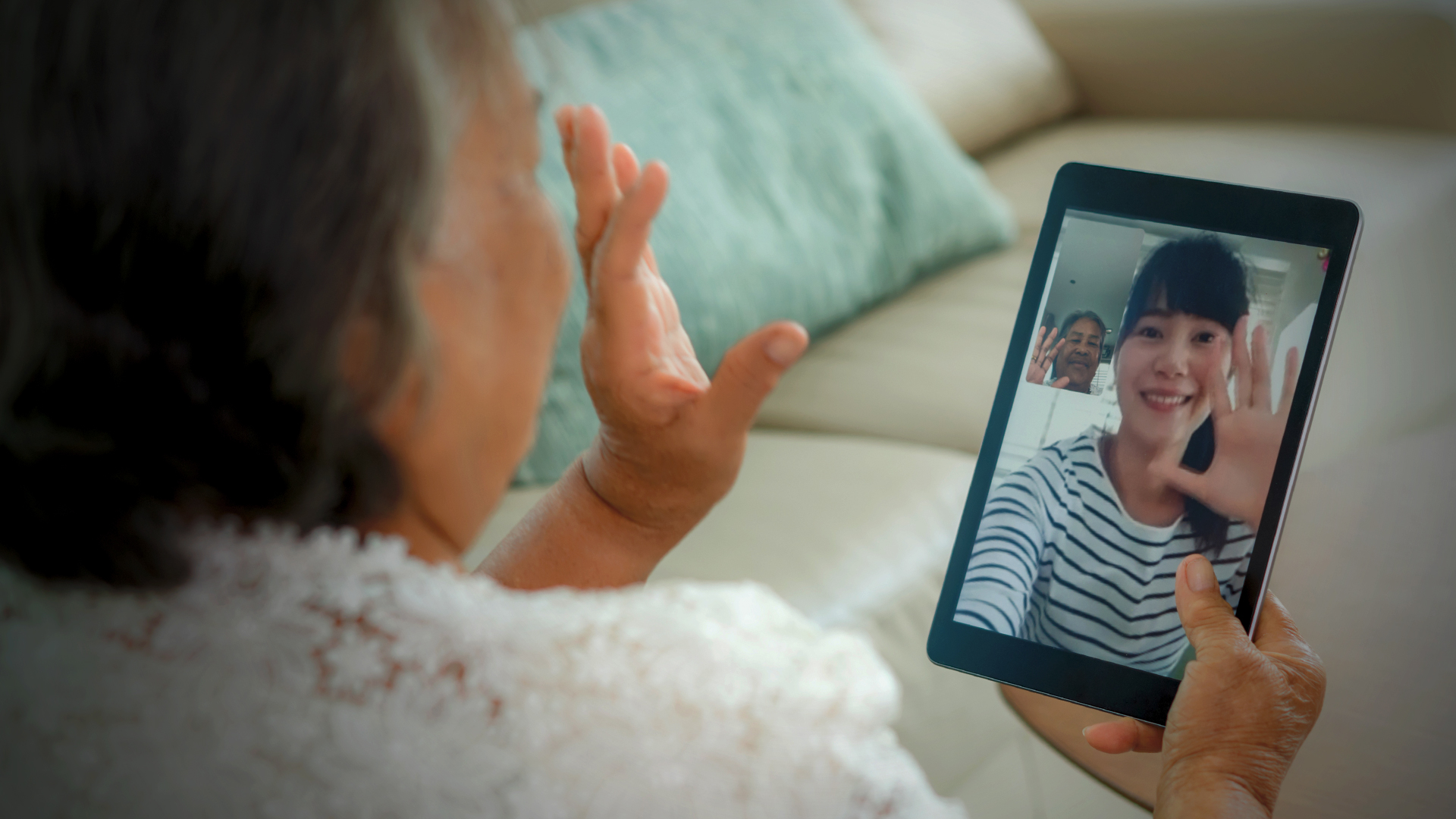
When COVID-19 shut down most medical offices and all non-life-threatening medical care (essentially all care outside of the ICU and emergency rooms in some places), many clinics and providers shifted their practices online and started meeting with patients using telehealth or telemedicine visits.
Telemedicine software is beneficial and has allowed a significant number of patients to continue receiving care even when their providers’ office wasn’t open or it was not safe to go in person. However, there is still a portion of the population who have not been able to take advantage of this care: those who struggle to understand and/or use technology. This primarily affects the elderly, who are more likely to see a doctor for routine care and disease management than younger patients, creating significant gaps in care. It’s important that clinics understand some of the challenges these patients face to be able to address them and increase access to care for at-risk populations.
How Telemedicine is Helping During COVID-19
Telehealth and telemedicine have provided much-needed continuity of care for patients who are homebound during the COVID-19 quarantine, who are unable to go out, or who worry about the risks associated with leaving the house. They have benefited from:
- Online appointments with a doctor or care provider via Zoom, FaceTime, or another telemedicine platform
- Medication refills and e-prescribing via a patient portal or pharmacy app
- Mail-order medications that limit trips to the pharmacy
- Quick communication via email or patient portal to ask a provider questions and avoid the need for a face-to-face appointment
- Remote patient monitoring that sends data to doctors’ offices and can alert providers if there is a significant change that requires medical attention
- Phone call check-ins from nurses or care managers to help manage chronic illness
These tools are available primarily online or through a smartphone app and can help patients and clinicians stay in touch, which is a great benefit in the absence of in-person care.
Understanding Gaps in Telemedicine & Telehealth
Even with all of these tools, there is still a segment of the population that cannot participate for various reasons. Sometimes providers and clinic employees get so used to using technology in their medical practice that you don’t realize there are some people without the appropriate access or skills. It’s important that care providers are aware of the potential barriers patients face to be able to identify those who need more help or resources to access care right now during the pandemic, and in the future.
In part two of this blog we’ll discuss some of the high-risk patient categories and some ways you can help bridge the gap for those who need additional care and struggle with technology.
If you are looking for a telemedicine platform to reach your patients, or other telehealth tools like patient portals, contact AdvancedMD today to learn more about our integrated suite of software solutions for small and independent clinics.

